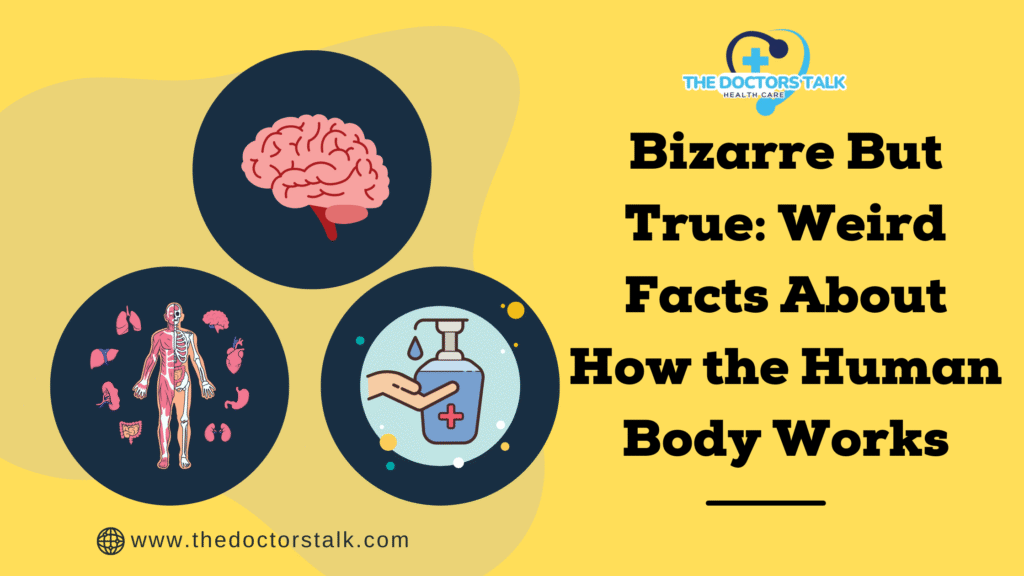Table of Contents
Introduction:
A slow laptop is really frustrating-while it may be during work time, at school, and even at home when surfing the internet. Wait time and productivity can be lost when opening apps or loading files, and haste in general requires a computer to react to commands, to send and receive information, and to accomplish tasks. Although it may appear that your laptop is just getting old, most of the time the slow performance is due to problems that are easy to resolve from the comfort of your home.
The positive thing is, you do not have to become an expert on technology or spend your budget on a costly Upgrade to bring pace to your laptop. I made it much faster, gave it a longer life, and made it operate much smoother with few simple adjustments, clean-ups, and tweaks.
This guide will present 7 simple and effective advice that will allow you to accelerate the laptop almost immediately (you can use Windows or macOS). These are ineffective ways that are not risky and are easy to perform.
Let’s get started.
1. Disable Startup Programs — Boot Up in Seconds, Not Minutes
A lot of programs at startups are one of the largest culprits when it comes to having your laptop that is very slow at turning on. These programs are running extremely quietly when your system is turned on, therefore cluttering up the memory and slowing down the whole thing.
On Windows, pressing Ctrl + Shift + Esc and clicking the Startup tab should help to correct this. In the case in point, you will observe the list of the apps that are launched with being activated on your own, and disable the ones that you do not actually need at the moment.
In macOS, enter System Settings > Users & Groups > Login Items and delete the unused objects.
The simple addition of disabling any unwanted programs that start up can reduce and even drastically cut down the boot-up time of your laptop, and the instant you switch it on also feels faster.
2. Uninstall Unused Software — Clear the Clutter
With time, your laptop accumulates software you do not use anymore: old games, trials, or bloatware, or default-installed apps. They consume precious RAM, CPU, and storage even when you are not connected.
Windows, simply go to the Settings, the Apps, Installed Apps, and delete what you do not require. Open Finder > Applications in Mac and drag the apps that you do not need to the Trash.
You will be removing some software that you do not really use, which helps unload your systems and greatly increases the daily use of your laptop.
3. Clear Cache and Temporary Files — Free Up Hidden Space
In your system, you have many temporary files, some cached data, and app and web browser leftovers. These are junk files that accumulate in your system and slow things down unnoticed.
Retain the essential files and proceed to uninstall superfluous files using the Disk Clean-up (built into Windows) or a reliable program, such as CCleaner. System junk can be cleared on a Mac with such apps as CleanMyMac.
This easy tidying up may release storage space, make your laptop faster and trouble-free.
4. Upgrade RAM — The Smartest Speed Boost You Can Buy
A low RAM could be the problem when your laptop is loaded with many tabs or apps, or it keeps crashing. The RAM assists your system in multitasking and working with heavy applications.
You might be interested in looking at how much of your RAM you are utilizing via Task Manager (Windows) or Activity Monitor (Mac). You ought to increase it to 8GB or above, particularly when you have less than 8GB, since it is not a greater issue to download additional RAM in the house, or take it to a repair shop.
Updating the amount of RAM to 8GB or greater may produce a radical increase in speed, particularly when photo editing, browsing, or using office applications.
5. Switch to an SSD — Turn Sluggish into Snappy
Clinging to an old-school HDD (hard disk drive)? This is probably the reason your laptop is a slow machine. One of the best methods of giving a shot in speeding up your laptop is to replace it with a Solid-State Drive (SSD).
The SSDs are quick, silent, more solid, and consume less energy. They are able to cut slowness in booting the system to a few seconds, as well as making it seem like an instantaneous load of files.
It is easy to upgrade most laptops with an SSD, and the improvement in speed is a matter of night and day versus old drives.
6. Keep Your System Updated — Speed and Security in One
The only benefit that you may get from software updates is new capabilities, as it is regularly employed to inject all types of performance improvement, bug fixes, and security patches into the system, which causes your laptop to work better.
Turn on your Windows or macOS Updates, which should be installed at a regular time.
Keeping up to date would mean your system would perform better when used with newer applications and devices, as well as keeping off any security threats that may slow up the system.
7. Scan for Malware — Get Rid of What’s Slowing You Down
The malware, spyware, or any other extraneous software that you do not know about can suck up the resources available in your system and cause your laptop to crawl. In most instances, these threats run in the background, monopolising CPU, RAM, and network.
Use a good antivirus to scan your laptop, including Windows Defender, Bitdefender, or Malwarebytes.
Safe browsing habits and regular scanning can not only improve performance but also save your machine, as it can make your device last longer with no damage.
Conclusion: Give Your Laptop the Speed It Deserves
You do not have to overhaul all the technology in your laptop or use costly equipment to speed it up. As a matter of fact, even the majority of the performance problems can be resolved with those minor modifications that are barely a several.
First, turn off any programs that auto-load at startup and delete all the applications that you do not use at all. You are bound to experience the change as soon as you restart your machine. Starting there, emptying up your temporary files, increasing your system RAM, and upgrading to an SSD are all of the more powerful changes you can make to juice up your PC.
And don’t underrate the potential of frequent system upgrades as well as scans against malware. These measures keep your laptop in a good state and operating effectively in the background. Combined, these 7 simple tricks make an inexpensive and entry-level system-wide boost that can be fairly overwhelming.
The modern digital world has turned into a hectic one, and a slow laptop indeed can drag you hard- whether at work, in school, or even browsing information. Nevertheless, you can easily observe the speed, performance, and reliability of your device with the help of appropriate treatment.
Do it today, and you will be impressed to see how quickly and agile your laptop can turn out to be.
FAQS:
How can I make my laptop faster without a purchase?
Closing the startup software, uninstalling applications that are not in use, cleaning the caches and temporary files, and updating are some of the methods on how to speed up the speed of the laptop without hardware upgrading. There are also options to accelerate matters by, among others, using he malware scanner and enabling battery and performance settings.
Does the RAM size actually make a difference in laptop speed?
Yes, to upgrade your laptop, to a certain extent, can be upgraded for multitasking or heavy software usage, which is during the time when you really need a lot of RAM. More RAM will help the laptop to multitask and do several things at once without stalling or stuttering.
How frequently should I clean up my laptop in order to keep it fast?
Another way that can be recommended to keep your laptop fast is to remove the temporary files and uninstall the programs that you do not use at least once a month as well. The best performance also demands scanning the viruses and making a weekly checkup of the system updates.





